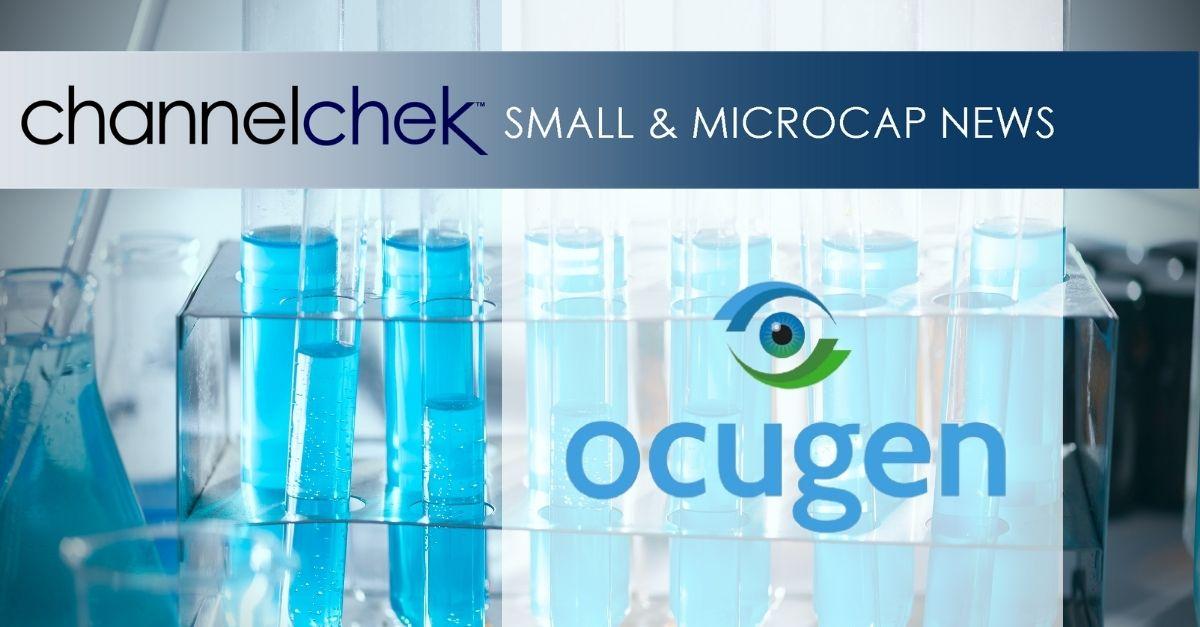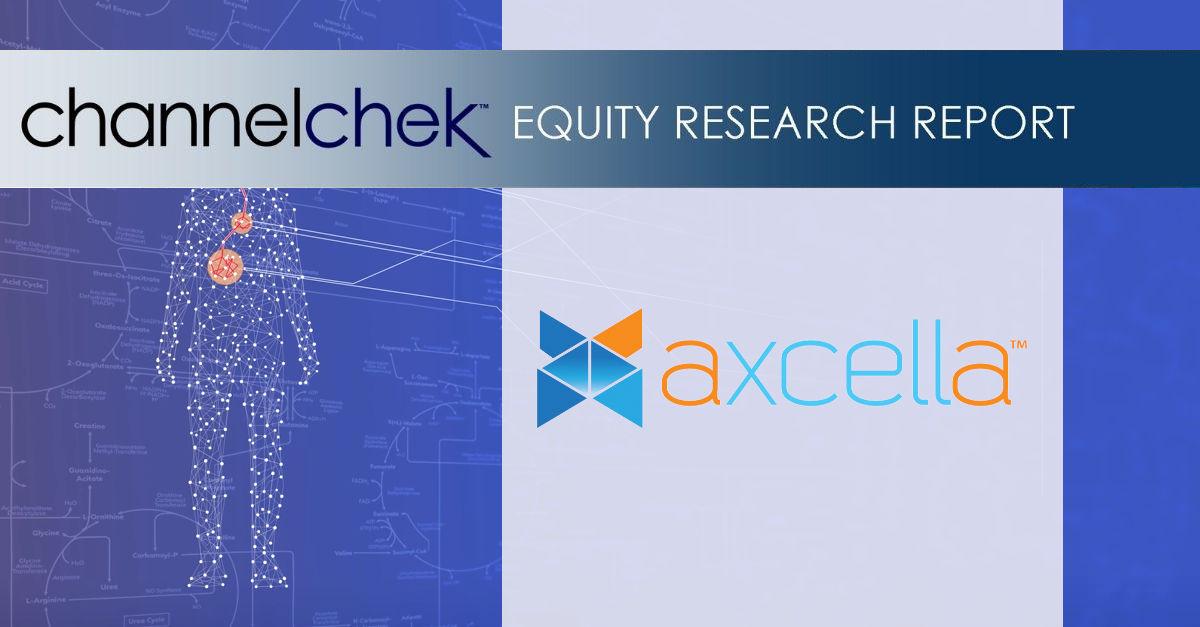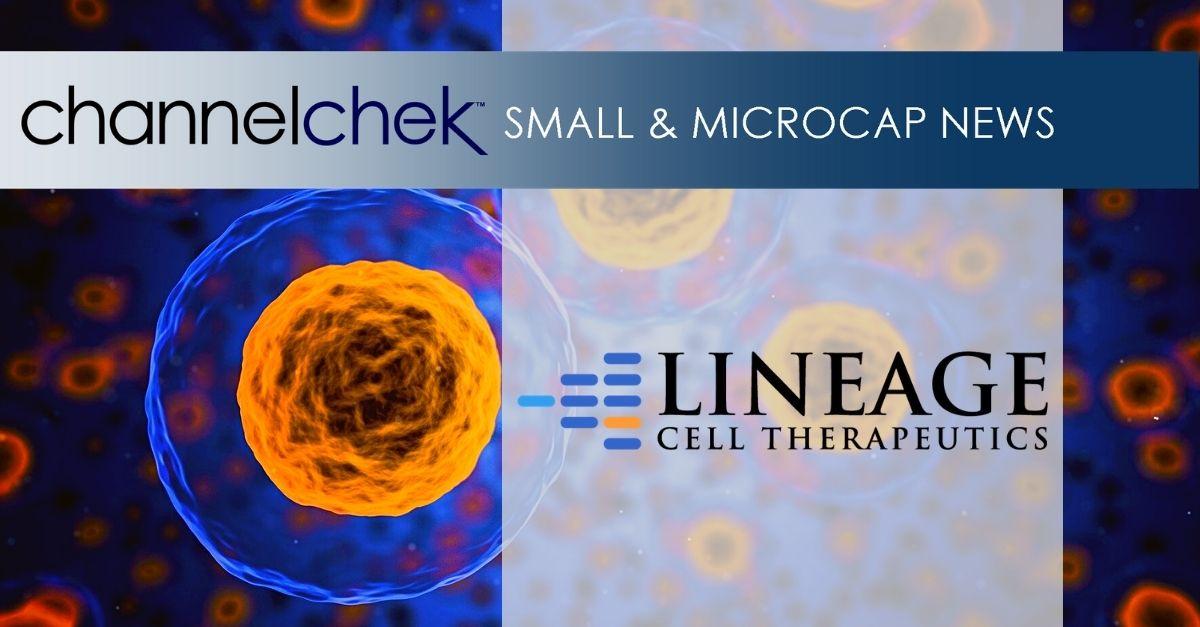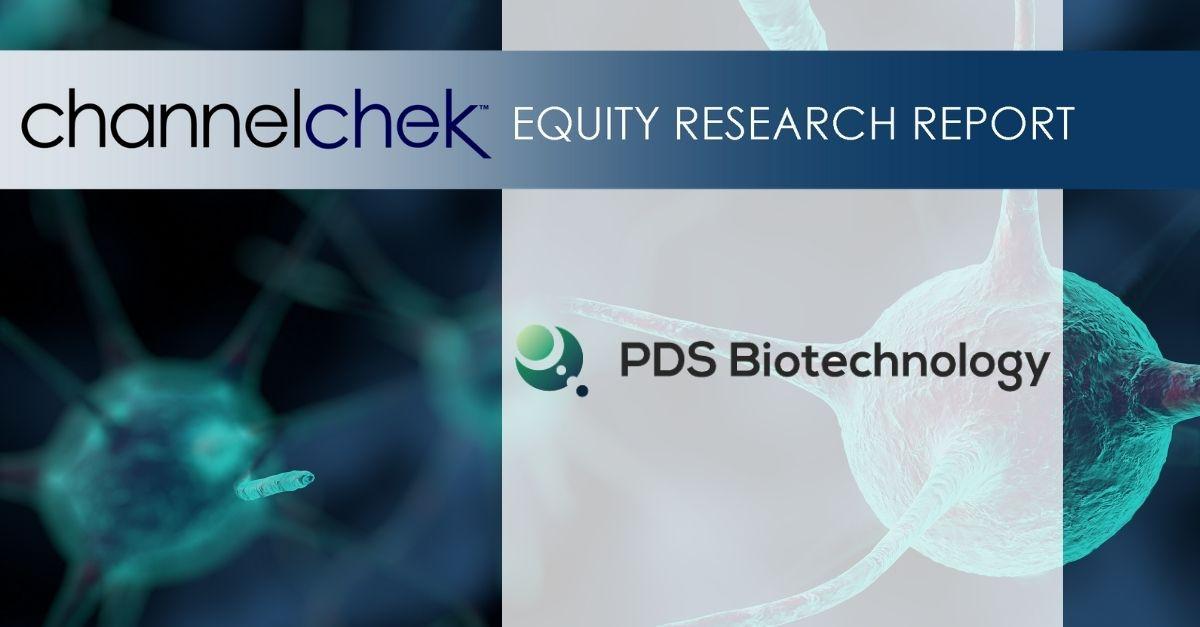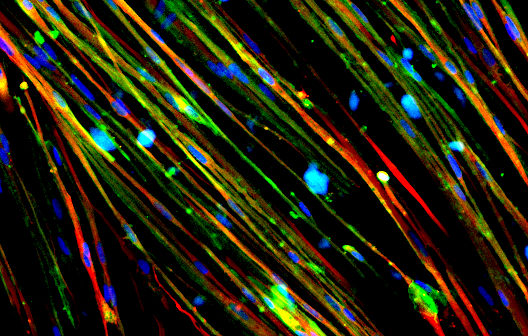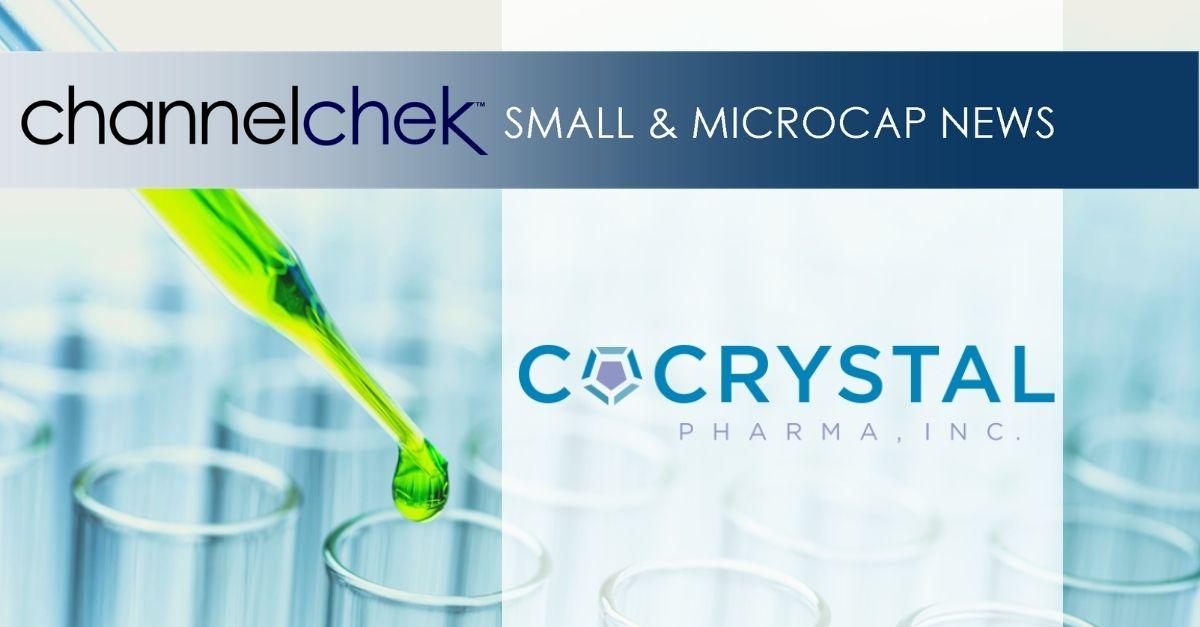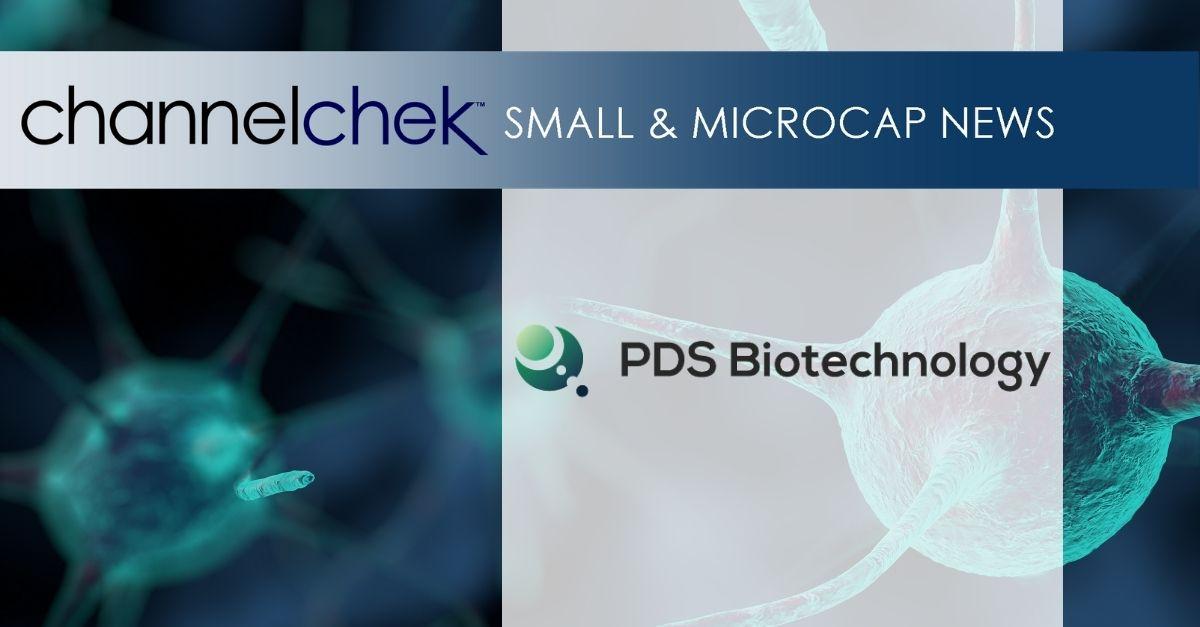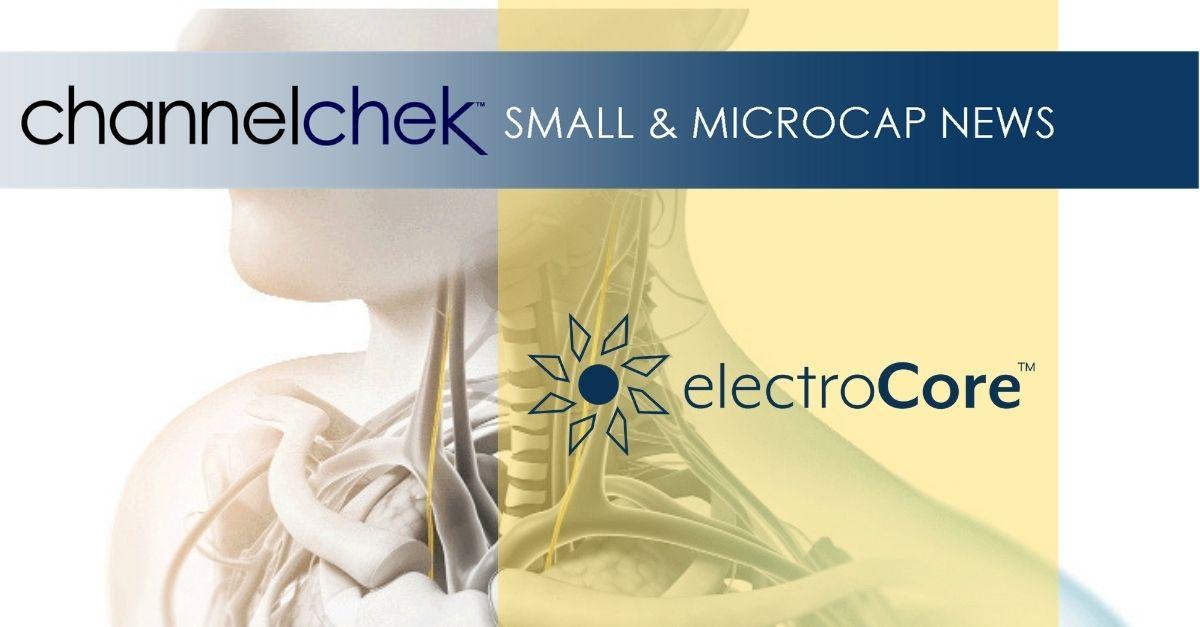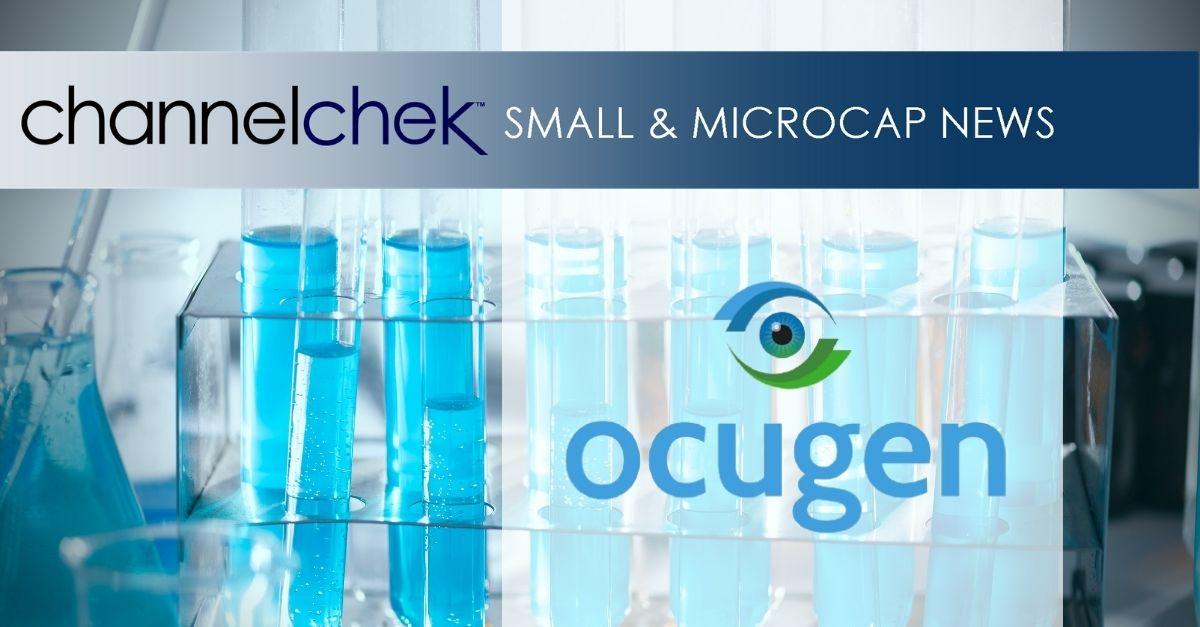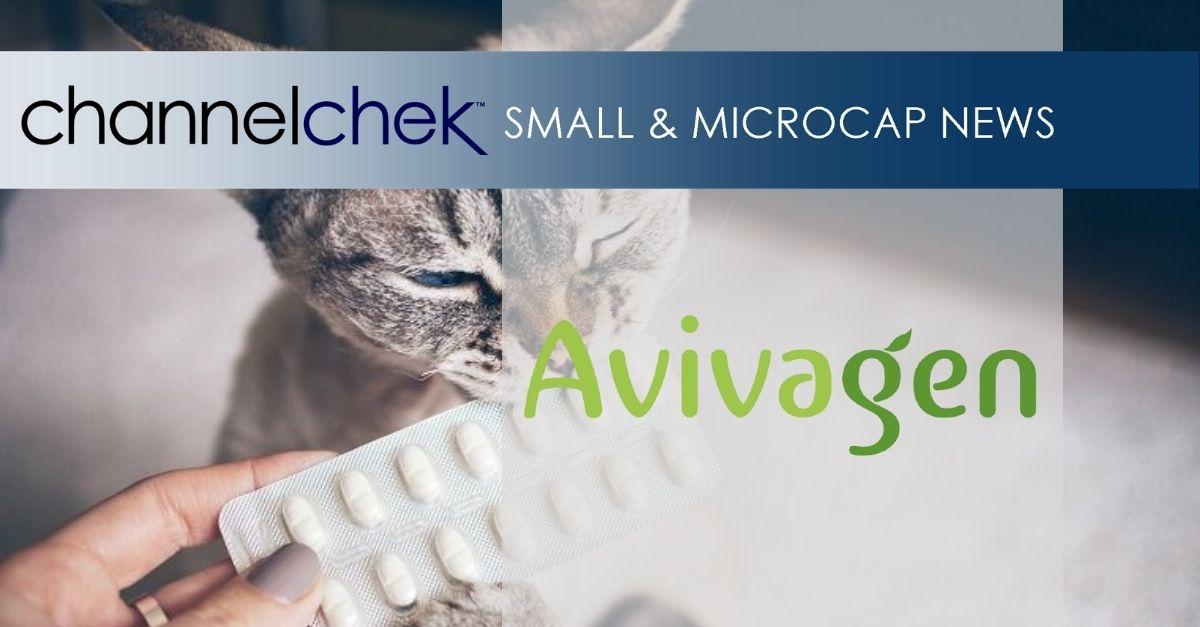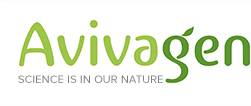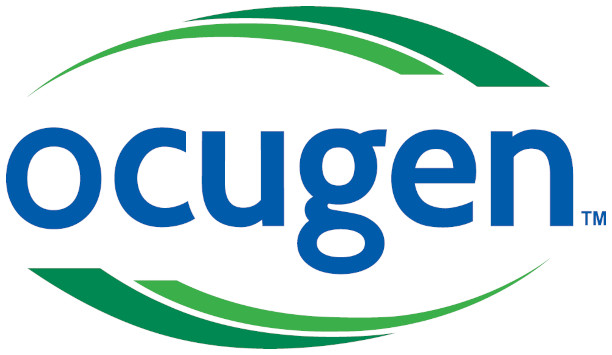
Ocugen, Inc. Announces Submission of Investigational New Drug Application with U.S. FDA to Initiate a Phase 3 Clinical Trial Evaluating COVID-19 Vaccine Candidate COVAXIN™ (BBV152)
The Phase 3 study is designed to bridge data collected from the vaccine efficacy trial conducted in India to the U.S. population
MALVERN, Pa., Oct. 27, 2021 (GLOBE NEWSWIRE) — Ocugen, Inc. (NASDAQ: OCGN), a biopharmaceutical company focused on discovering, developing, and commercializing novel therapeutics and vaccines, announced that it has submitted an Investigational New Drug application (IND) with the U.S. Food and Drug Administration (FDA) to evaluate the COVID-19 vaccine candidate, BBV152, known as COVAXIN™ outside the United States.
COVAXIN™ is a whole-virion inactivated COVID-19 investigational vaccine candidate that uses the same vero cell manufacturing platform that has been used in the production of polio vaccines for decades.
The Phase 3 trial proposed in the IND is designed to establish whether the immune response experienced by participants in a completed Phase 3 efficacy trial in India is similar to that observed in a demographically representative, healthy adult population in the U.S. who either have not been vaccinated for COVID-19 or who already received two doses of an mRNA vaccine at least six months earlier.
“We are very excited to take this next step in the development of COVAXIN™, which we hope will bring us closer to introducing a different type of COVID-19 vaccine to the American public,” said Dr. Shankar Musunuri, Chairman of the Board, Chief Executive Officer, and Co-Founder of Ocugen. “We are hopeful that the study conducted under the IND, if allowed to proceed, will help demonstrate that the data from India will be applicable to the U.S. population.”
If the study is allowed to proceed, Ocugen’s Phase 3 immuno-bridging study, OCU-002, will seek to enroll several hundred healthy adults in the U.S. Subjects will be randomized to receive either two doses of COVAXIN™ or placebo, 28 days apart. The primary endpoint will compare blood-based samples taken from U.S. participants who received COVAXIN™ with samples of the participants in the Phase 3 efficacy trial conducted in India. The secondary endpoint involves testing the vaccine’s immunogenic profile. The study will also evaluate safety and tolerability in the U.S. population. Ocugen hopes to complete the study during H1 2022.
The Phase 3 study conducted in India by Ocugen’s business partner, Bharat Biotech, involved 25,798 participants receiving two doses of COVAXIN™ or placebo, 28 days apart. The primary endpoint was preventing symptomatic COVID-19 occurring at least 14 days after the second dose. Results of the trial found 93.4% efficacy against severe COVID-19 disease, 77.8% efficacy against symptomatic COVID-19 and 63.6% efficacy against asymptomatic disease. A sub-analysis of the Phase 3 study examined the presence of infections by variants of the original coronavirus strain. Overall, 90% of infections showed the presence of a variant, with 59% of those being the Delta variant. The sub-analysis revealed COVAXIN™-treated patients experienced 65.2% efficacy against the Delta variant. Adverse events reported in the trial included pain, erythema, induration, swelling, headache, pyrexia, fatigue, chills, myalgia, arthralgia, nausea and vomiting. 12.4% of subjects experienced an adverse event in both the COVAXIN™ and placebo arm. Additionally, 0.3% of subjects in the COVAXIN™ arm experienced a serious adverse event compared to 0.47% of patients in the placebo arm.
About COVAXIN™ (BBV152)
COVAXIN™ (BBV152) is an investigational vaccine candidate product in the U.S. It was developed by Bharat Biotech in collaboration with the Indian Council of Medical Research (ICMR) – National Institute of Virology (NIV). COVAXIN™ is a highly purified and inactivated vaccine that is manufactured using a vero cell manufacturing platform.
With more than 100 million doses having been manufactured, COVAXIN™ is currently being administered under emergency use authorizations in 17 countries, and applications for emergency use authorization are pending in more than 60 other countries. The trade name COVAXIN™ has not been evaluated by the FDA.
About Ocugen, Inc.
Ocugen, Inc. is a biopharmaceutical company focused on discovering, developing, and commercializing gene therapies to cure blindness diseases and developing a vaccine to save lives from COVID-19. Our breakthrough modifier gene therapy platform has the potential to treat multiple retinal diseases with one drug – “one to many” and our novel biologic product candidate aims to offer better therapy to patients with underserved diseases such as wet age-related macular degeneration, diabetic macular edema, and diabetic retinopathy. We are co-developing Bharat Biotech’s COVAXIN™ vaccine candidate for COVID-19 in the U.S. and Canadian markets. For more information, please visit www.ocugen.com.
About Bharat Biotech
Bharat Biotech has established an excellent track record of innovation with more than 145 global patents, a wide product portfolio of more than 16 vaccines, 4 bio-therapeutics, registrations in more than 123 countries, and the World Health Organization (WHO) Pre-qualifications. Located in Genome Valley in Hyderabad, India, a hub for the global biotech industry, Bharat Biotech has built a world-class vaccine & bio-therapeutics, research & product development, Bio-Safety Level 3 manufacturing, and vaccine supply and distribution.
Having delivered more than 4 billion doses of vaccines worldwide, Bharat Biotech continues to lead innovation and has developed vaccines for influenza H1N1, Rotavirus, Japanese Encephalitis, Rabies, Chikungunya, Zika, and the world’s first tetanus-toxoid conjugated vaccine for Typhoid. Bharat’s commitment to global social innovation programs and public-private partnerships resulted in introducing path-breaking WHO pre-qualified vaccines BIOPOLIO®, ROTAVAC®, and Typbar TCV® combatting polio, rotavirus, typhoid infections, respectively. The acquisition of the rabies vaccine facility, Chiron Behring, from GlaxoSmithKline (GSK) has positioned Bharat Biotech as the world’s largest rabies vaccine manufacturer. To learn more about Bharat Biotech, visit www.bharatbiotech.com.
Cautionary Note on Forward-Looking Statements
This press release contains forward-looking statements within the meaning of The Private Securities Litigation Reform Act of 1995, which are subject to risks and uncertainties. We may, in some cases, use terms such as “predicts,” “believes,” “potential,” “proposed,” “continue,” “estimates,” “anticipates,” “expects,” “plans,” “intends,” “may,” “could,” “might,” “will,” “should” or other words that convey uncertainty of future events or outcomes to identify these forward-looking statements. Such forward-looking statements include information about qualitative assessments of available data, potential benefits, expectations for clinical trials, and anticipated timing of clinical trial readouts and regulatory submissions, including with respect to our hope that the Phase 3 trial included in our Investigational New Drug application (IND) to the U.S. Food and Drug Administration (FDA) for COVAXIN™, if allowed to proceed, will be completed during the first half of 2022, or that the results of any such trial may demonstrate that existing data from Bharat Biotech’s clinical trials in India for COVAXIN™ will be applicable to the U.S. population. This information involves risks and uncertainties that could cause actual results to differ materially from those expressed or implied by such statements. Risks and uncertainties include, among other things, the uncertainties inherent in research and development, including the ability to meet anticipated clinical endpoints, commencement and/or completion dates for clinical trials, regulatory submission dates, regulatory approval dates and/or launch dates, as well as risks associated with preliminary and interim data, including the possibility of unfavorable new clinical trial data and further analyses of existing clinical trial data; the risk that the results of in-vitro studies will not be duplicated in human clinical trials; the risk that clinical trial data are subject to differing interpretations and assessments, including during the peer review/publication process, in the scientific community generally, and by regulatory authorities; whether and when data from Bharat Biotech’s clinical trials will be published in scientific journal publications and, if so, when and with what modifications; whether the FDA will accept our IND submission without any changes, or if we are required to submit additional information to the FDA in support of our IND submission, the extent and significance of any such changes; whether we will be able to provide the FDA with sufficient additional information regarding the design of and results from preclinical and clinical studies of COVAXIN™, which have been conducted by Bharat Biotech in India in order for those trials to support a biologics license application (BLA); the size, scope, timing and outcome of any additional trials or studies that we may be required to conduct to support a BLA, including our planned Phase 3 clinical trial for which we have submitted an IND to the FDA; any additional chemistry, manufacturing and controls information that we may be required to submit at the time of our BLA filing; whether developments with respect to the COVID-19 pandemic will affect the regulatory pathway available for vaccines in the United States, Canada or other jurisdictions; market demand for COVAXIN™ in the United States or Canada; decisions by the FDA or Health Canada impacting labeling, manufacturing processes, safety and/or other matters that could affect the availability or commercial potential of COVAXIN™ in the United States or Canada, including development of products or therapies by other companies. These and other risks and uncertainties are more fully described in our periodic filings with the Securities and Exchange Commission (SEC), including the risk factors described in the section entitled “Risk Factors” in the quarterly and annual reports that we file with the SEC. Any forward-looking statements that we make in this press release speak only as of the date of this press release. Except as required by law, we assume no obligation to update forward-looking statements contained in this press release whether as a result of new information, future events or otherwise, after the date of this press release.
Ocugen Contact:
Ken Inchausti
Head, Investor Relations & Communications
ken.inchausti@ocugen.com
Please submit investor-related inquiries to: IR@ocugen.com
